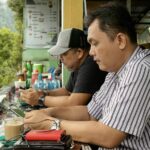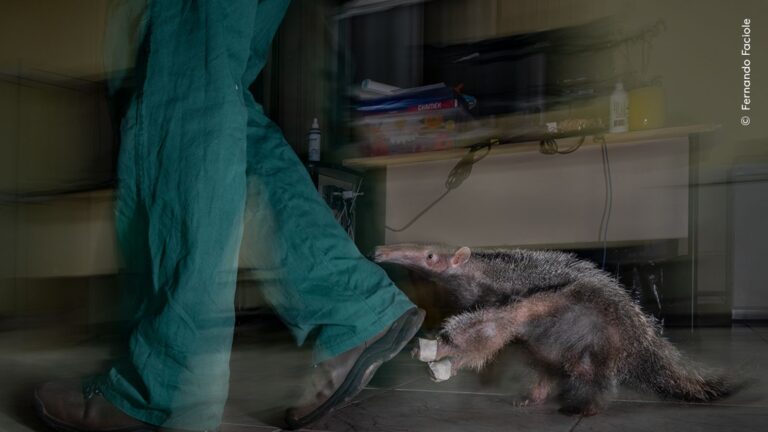By Sérgio Spagnuolo | Volta Data Lab | 15.02.2021
A surge in digital news initiatives in Brazil over the past few years has helped the country to reduce the population currently with no access to local journalism, the news deserts. At the same time, the number of print media organizations has been shrinking considerably, according to the most recent study by Atlas da Notícia (News Atlas).
All five Brazilian regions (South, Southeast, Mid-West, North and Northeast) have seen a combined drop of 5.9% in the number of towns that do not have any news organisation identified by the Atlas’s research. This happened because the research noticed a surge of some 1,170 new digital organisations, most of them blogs and small initiatives of up to five employees.

In previous studies, the Northeast was the region with the highest percentage of news deserts — taking into account its number of towns. In 2019, 75,3% of the cities in this region, one of the poorest in the country, did not have any local media outlet, according to the research.
But as new digital initiatives emerged, helped by the increase in internet access penetration in the region, this percentage now dropped to 66.3%. The North region, which is less densely populated, has 69.8% of its local towns without local news outlets.

The News Atlas is the largest national open data initiative to map and catalog news organizations in Brazil. In the latest edition, published in February, 2021, the project, which has five researchers and over 300 volunteers, increased its database in over 10%, reaching 13.092 mapped news initiatives in all states.
It is worth noticing that the Atlas functions much like a census for the news media in the country, and any new changes in the landscape take some time to be reflected on research.

Beyond adding 10% more news initiatives to the list, Atlas also found the closing of 602 media outlets in Brazil over the past two decades, with 61 having shut down in 2020 alone. Since 2010, over 350 news initiatives were closed, with an average of 32 per year.
The number can be even higher, since there is poor documentation of what happens outside the biggest urban centers. Print media (newspapers and magazines) lost the bulk of initiatives (395), followed by online (173), rádio (25) and TV (9). With few exceptions, most of Atlas’ records of closed organisations started in the early 2000s.


While the number of news deserts dropped 5.9% when compared to the last Atlas’ results, there are still 33.7 million people living in 3.280 cities without local journalism coverage (9.6% less than in the previous Atlas report). This compares with Brazil’s 210 million total population and 5,570 municipalities.
With those numbers, it is possible to observe that the news deserts are made of very small cities, with a average population of 6,900 inhabitants — among other things, places that offer few economic opportunities for news organisations.
Sérgio Spagnuolo is the founder of the data journalism agency Volt Data Lab, and Knight Fellow of the International Center for Journalists (ICFJ). He is a contributor to the fact-checking website Aos Fatos.
If you want to republish this article please get in touch with MediaTalks@jornalistasecia.com.br












